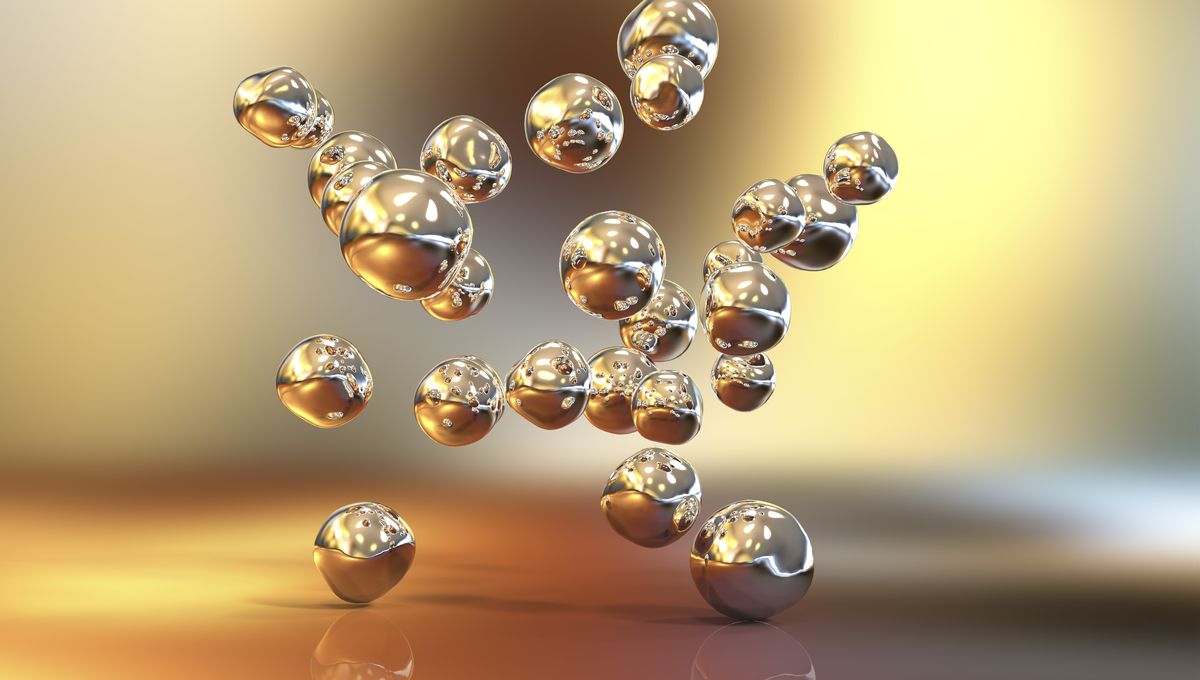
A daily dose of gold nanocrystals suspended in water led to improvements in patients with Parkinson’s disease and multiple sclerosis (MS), according to the results of phase two clinical trials. The treatment addresses an energy imbalance that arises in the brain, and previous animal and human studies have suggested it could help slow neurological decline and maybe even trigger partial recovery for these patients.
“We are cautiously optimistic that we will be able to prevent or even reverse some neurological disabilities with this strategy,” said Dr Peter Sguigna, assistant professor of neurology and an investigator in the Peter O’Donnell Jr. Brain Institute at The University of Texas Southwestern, in a statement.
Were this vision to be realized, it would have the potential to be a gamechanger for thousands of people affected by neurodegeneration.
The Parkinson’s Foundation estimates that almost a million people in the US are living with Parkinson’s disease, making it the second most common neurodegenerative disease after Alzheimer’s. It’s a similar story for MS – the National MS Society recently revised its estimates of the prevalence of the disease off the back of new data, finding that almost a million US citizens are living with MS.
One of the hallmarks of Parkinson’s and MS is a faster and more severe decline in brain energy metabolism. A healthy brain requires a continuous supply of the body’s energy molecule, adenosine triphosphate (ATP). As we age, cellular activities slow down, and there’s less ATP around for the brain to use – and in Parkinson’s and MS, this happens even more rapidly.
Brain energy metabolism can be measured by looking at the ratio of the reduced and oxidized forms of the molecule nicotinamide adenine dinucleotide (NADH and NAD+, respectively). These are both vital components in the Krebs cycle, the multi-step cellular reaction that generates energy in the form of ATP.
Studies using cell models, animals, and human patients have suggested that targeting this balance between NAD+ and NADH could be key to improving the symptoms associated with neurodegenerative disease. That’s where the gold nanocrystals come in – they can act as a catalyst to boost energy metabolism and increase the NAD+/NADH ratio.
Sguigna and colleagues partnered with biopharmaceutical company Clene Nanomedicine, which was developing a gold nanoparticle treatment that could be administered orally. The experimental treatment that went on to be used in the clinical trials was named CNM-Au8.
Twenty-four patients were recruited in total: 11 with relapsing MS were put on a phase two trial called REPAIR-MS, and 13 with Parkinson’s disease enrolled on a phase two trial called REPAIR-PD. After baseline scans to assess their NAD+/NADH ratios and other indicators of brain energy metabolism, they took a daily dose of CNM-Au8 for 12 weeks.
Collectively, by the end of the trial, the patients saw a 10.4 percent average increase in their NAD+/NADH ratios, demonstrating that the treatment was having the intended effect. Levels of ATP also normalized. The patients with Parkinson’s also reported improvements in some of the motor symptoms that are associated with the disease, suggesting that CNM-Au8 could have a real impact on their quality of life.
Importantly, none of the participants reported serious adverse effects.
Sguigna described the results as encouraging, but cautioned that more studies are needed. The REPAIR-MS trial will continue to recruit participants to see if the findings can be repeated in people with the progressive form of MS.
Drinking a daily concoction containing actual gold might sound like something reserved for ancient warlords or eccentric royals – but if further trials continue to produce promising results, there’s a real chance we could see these kinds of treatments in clinical use in the not-too-distant future.
The study is published in the Journal of Nanobiotechnology.
Source Link: Gold Nanocrystals Rescue Brain Deficits In Parkinson's Disease And MS In Phase 2 Trial